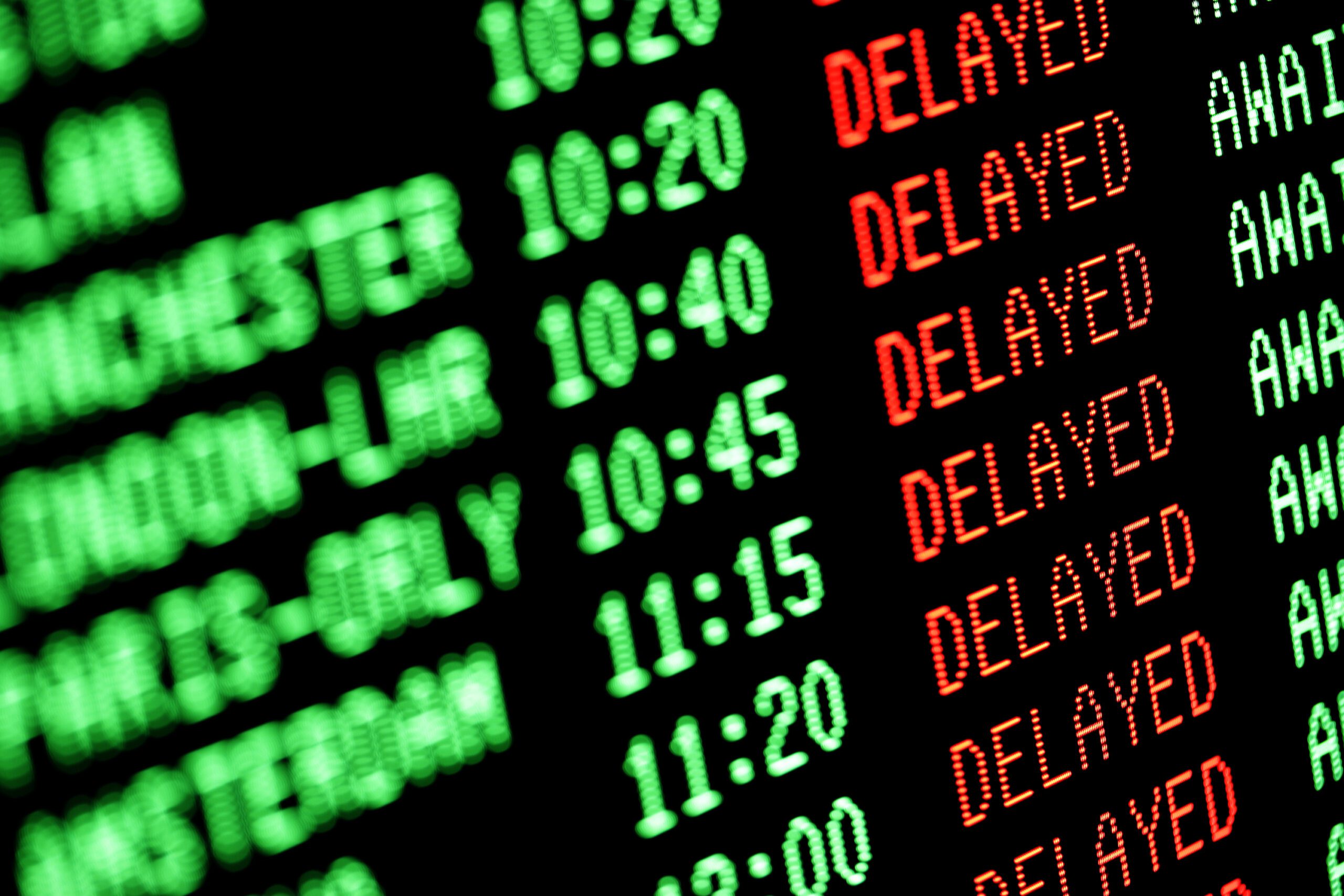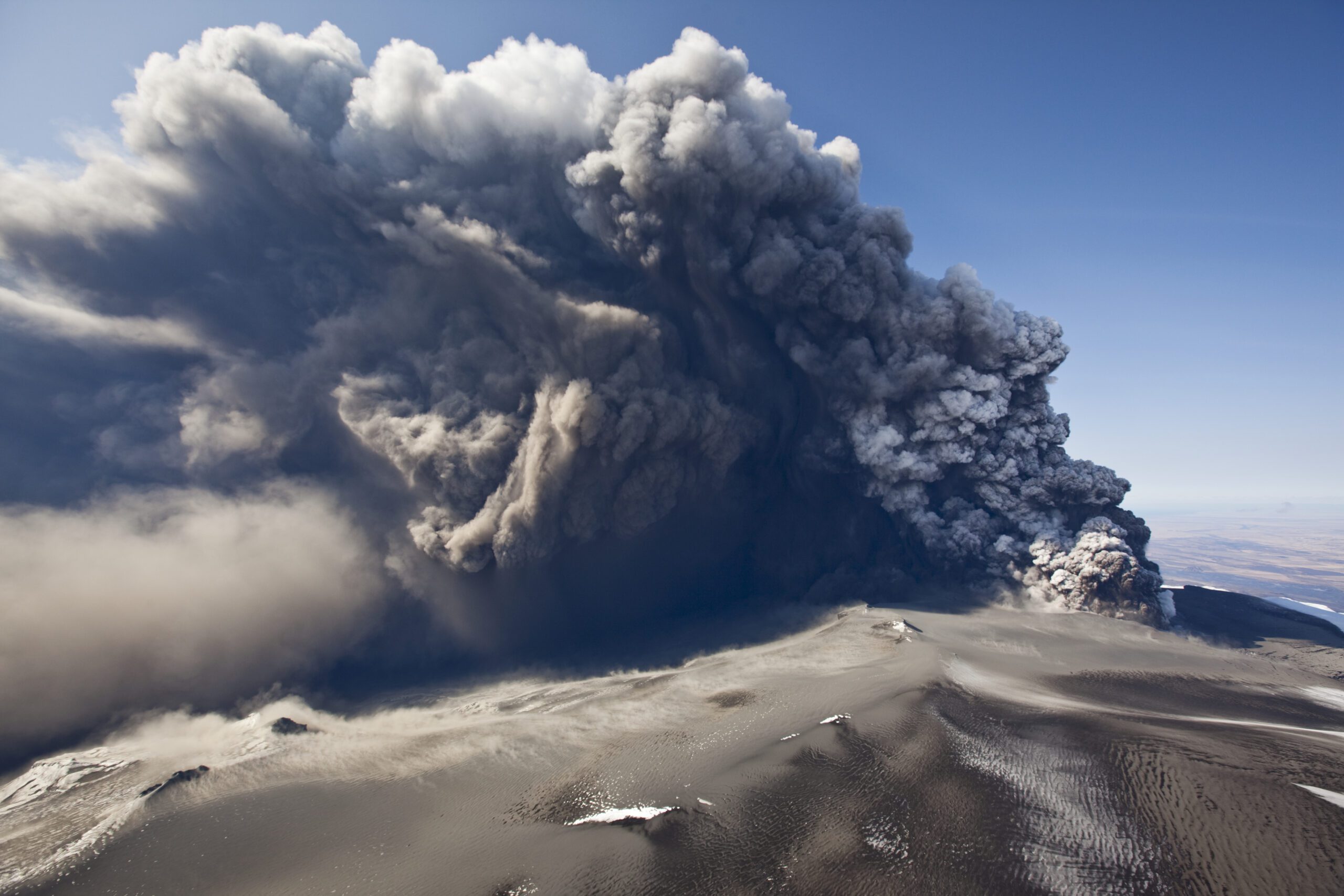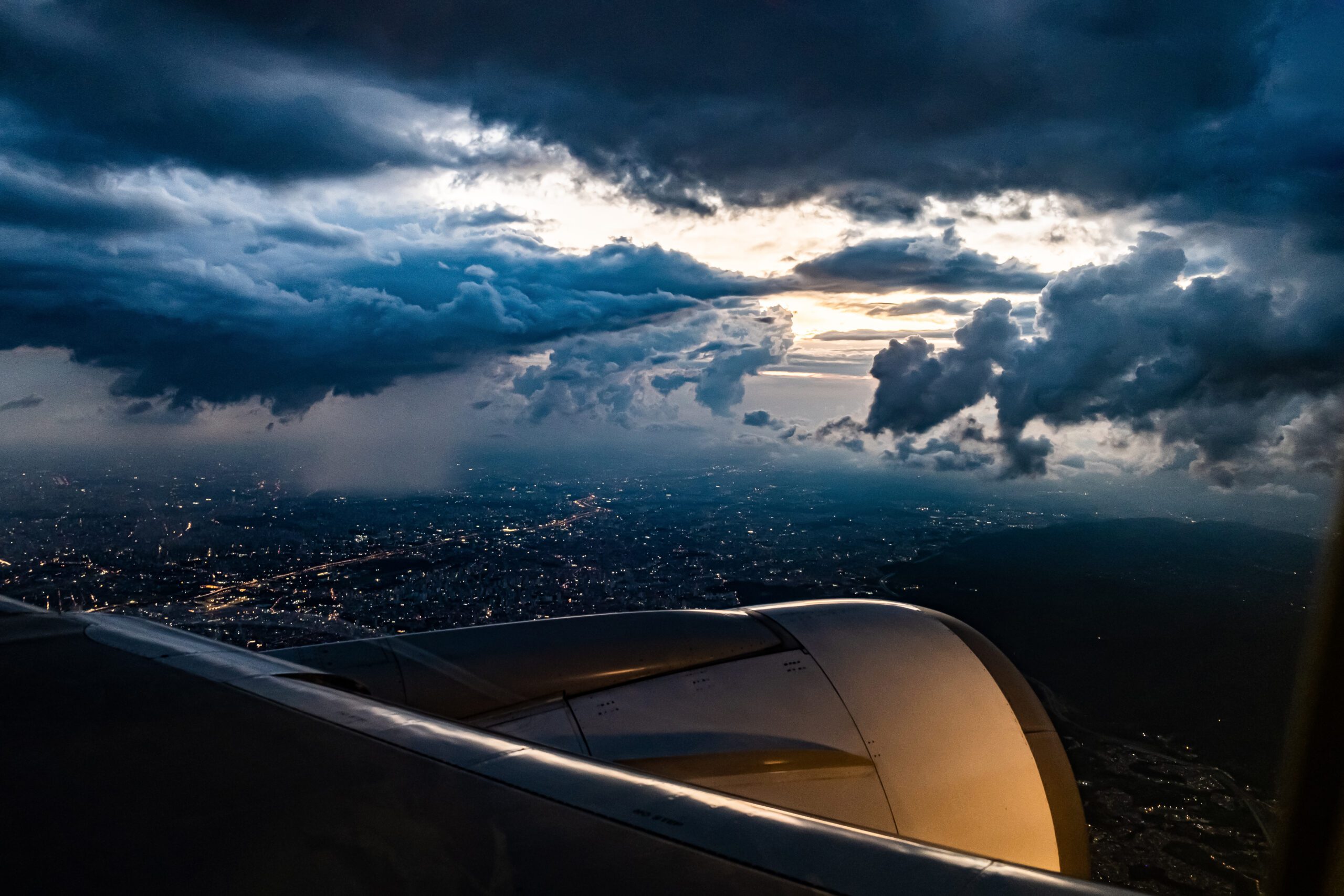Weather intelligence for the future: Crafting a strategic enterprise approach to changing environmental conditions
Continue readingThis post is part two of a two-part blog series dedicated to severe thunderstorm education. Read the first installment.
Part one of this series explained why thunderstorms happen during springtime – and what specific weather phenomena creates them. Building on this, let’s go deeper into thunderstorms and convection in general. We’ll also share how The Weather Company’s solutions can help aviation industry professionals like you make better decisions that keep your customers and crews safe.
How does The Weather Company help aviation clients navigate thunderstorms?
Enroute hazards
The Weather Company’s Enroute Hazards solution forecasts organized clusters or lines of storms and produces convection hazards.
Single-cell thunderstorms can be strong to severe and cause significant damage. But they don’t usually meet the spatial distance, or coverage requirement, to warrant a convective hazard (like FPG or SIGMET) to be drawn in the area. For single-cell storms, where Enroute Hazards may not highlight the area with the drawn hazards, pilots can turn to onboard radar to avoid convection.
Onboard radar also helps with developing convection where updrafts can create severe turbulence.
Terminal aerodrome forecasts
The Weather Company issues Terminal Aerodrome Forecasts (TAFs) on a global scale.
With certain TAFs, mainly large hubs, The Weather Company may include a TAF discussion where the forecaster writes about potentially strong or severe storms and, in some cases, may also mention possible threats (i.e., hail, tornado, etc.) with that type of storm.
More about convective hazards
All of the convective hazards generated by The Weather Company include an average base and max height. No aircraft should try to fly below our convective hazards. That’s why we use an average base level.
Our Flight Plan Guidance (FPGs) are usually SCT-BKN (scattered to broken) in coverage which represents between 35% and 50% of coverage.
Typically, these are a strong line or an area of thunderstorms that have well-defined breaks, but not significant coverage.
The Weather Company team does have the ability to draw SCT FPGs from 15% to 35% in the vicinity of a select number of hubs in the United States and in more sensitive or highly traveled U.S. regions, including BOS-ORD-MEM-ORF-BOS.
When it comes to significant meteorological hazards (SIGMETs), they are either BKN, which is 50% to 75% coverage, or solid storms with greater than 75% coverage. BKN coverage is virtually an unbroken line, small breaks are likely, or an area of robust thunderstorms with significant coverage.
SIGMETing this coverage of thunderstorms is our way of advising aviation clients to avoid this area.
A solid area of storms is where there are no breaks in a line of thunderstorms or a large cluster of thunderstorms with no breaks in convection (i.e. Mesoscale Convective System).
Are thunderstorms the biggest risks for aviators?
The greatest threat to aircraft isn’t lightning–aircraft are built to withstand lightning strikes –but rather severe turbulence, hail, and icing.
The convective hazards produced by The Weather Company–like FPGs and SIGMETs–include implied turbulence and icing. It’s generally suggested that aircraft avoid these areas. Each airline will need to follow its individual standard operating procedure on how to handle this.
Hail damage to aircraft, including the windshield, or encountering severe turbulence, means that the aircraft will be taken out of service for maintenance. This impacts time, cost, and potentially airline credibility.
Let’s talk
To learn more about our advanced aviation weather solutions, contact our aviation experts today.
Contact us






